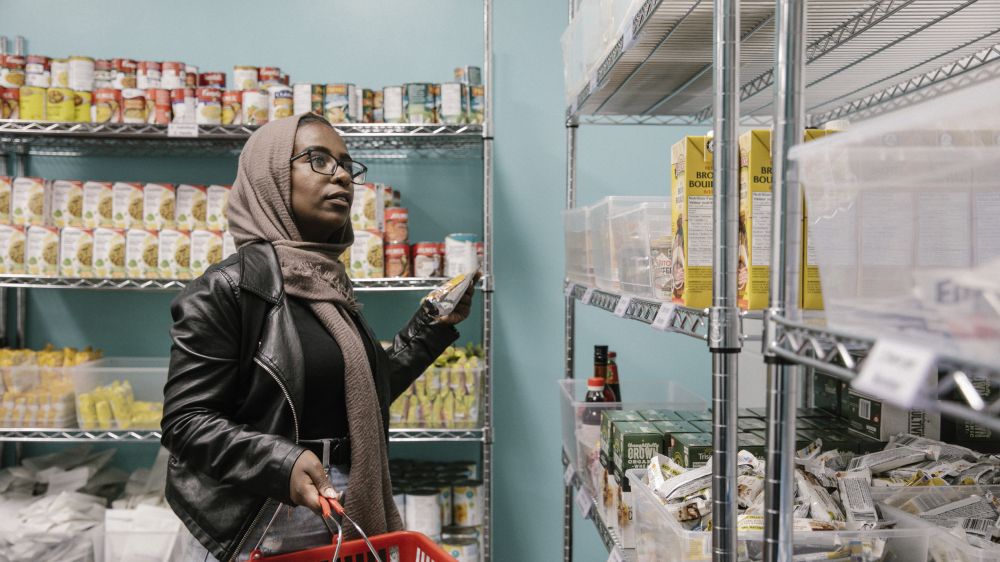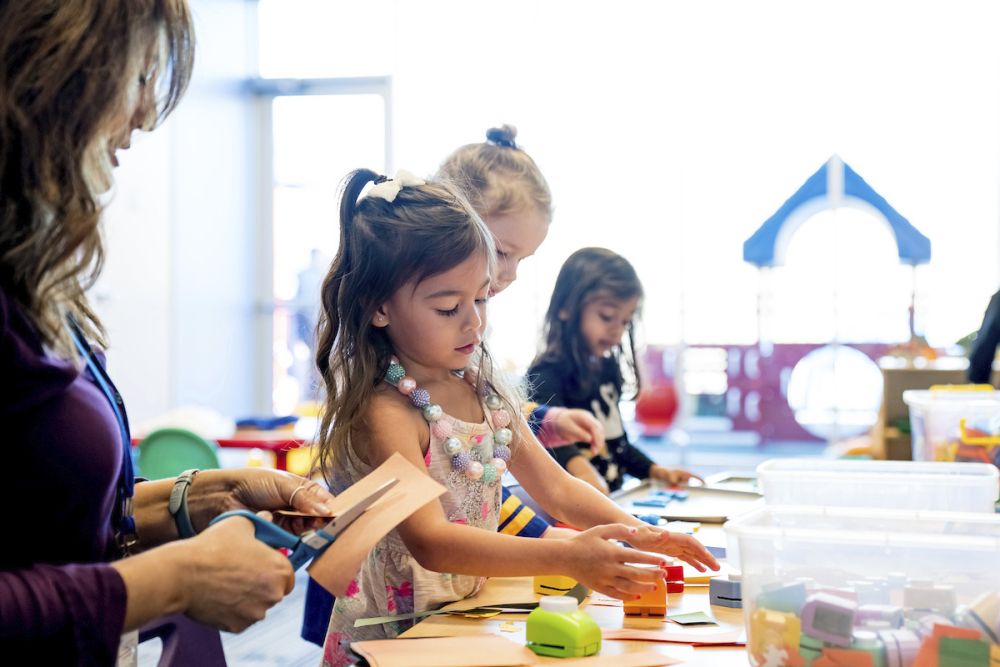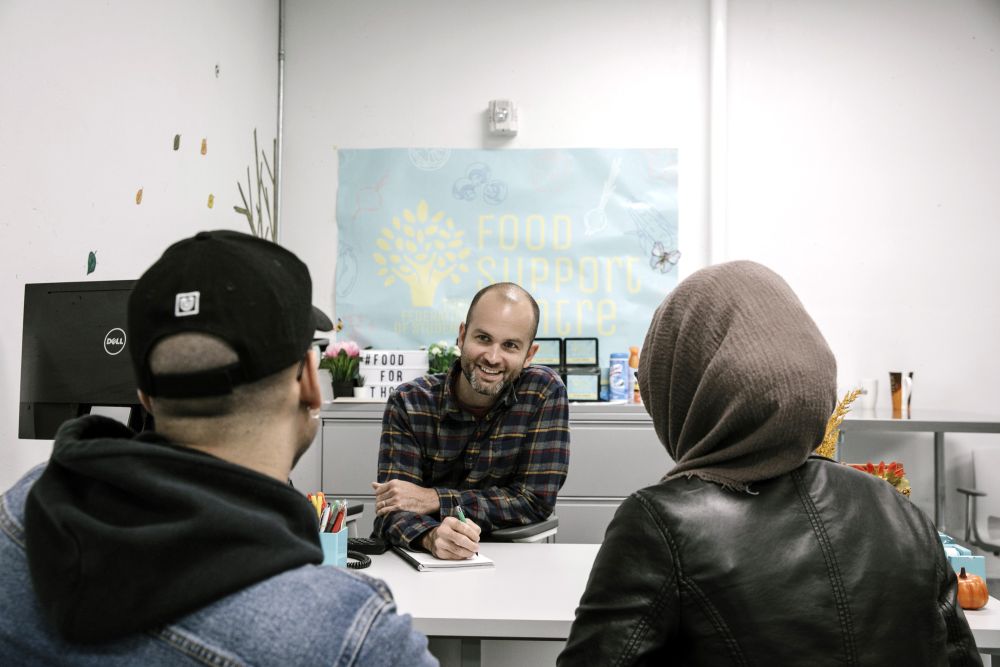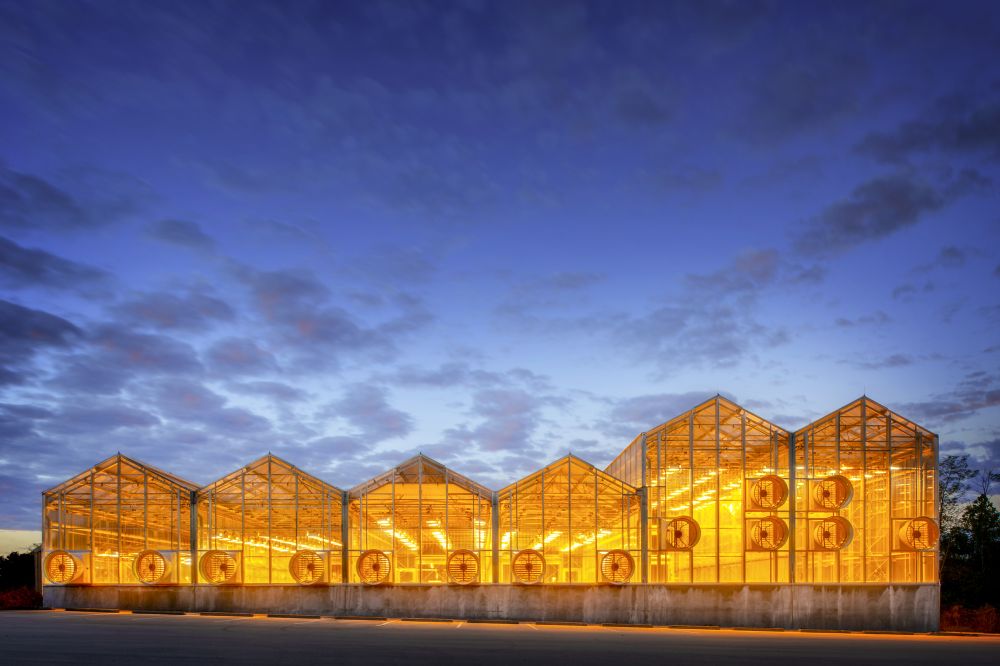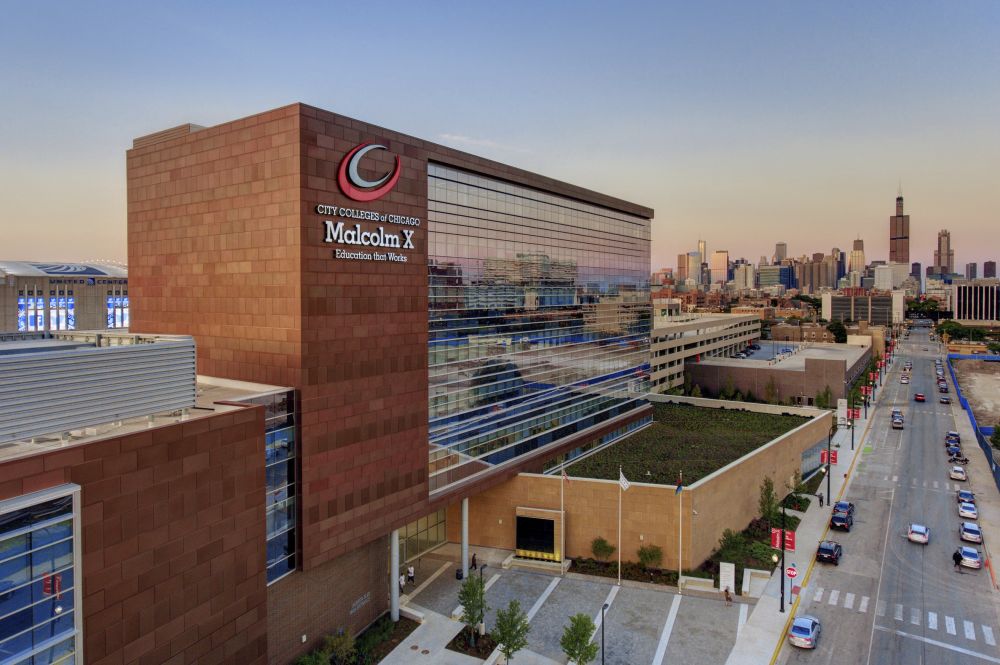Leading the basic needs transformation in higher education
Across the country, more and more leaders at colleges and universities are broadening their definitions of student support and expanding services to meet basic needs.
Several states have passed new laws requiring public college campuses to have a benefits coordinator for students, and in California, all state community colleges must have a physical basic needs center on site. The basic needs movement shows no signs of slowing, with administrators seeing the value of facilities and programs that address food and housing insecurity, mental health, transportation, clothing, childcare and more.
The COVID-19 pandemic has exacerbated the many basic needs challenges that postsecondary students face. A recent Hope Center for College, Community, and Justice at Temple University survey report revealed alarming numbers that communicate the urgency of these issues. Responses from nearly 200,000 students at two-year and four-year colleges showed that three out of five students are experiencing basic needs insecurity. Another troubling statistic for administrators was that 52 percent did not apply for any kind of support because they simply didn’t know how.
“Ten or 15 years ago, I didn’t know of any college campus that had a food pantry,” said Craig Hamilton, one of our higher education leaders with more than 30 years of experience focused on improving the student experience. “Now I don’t know of any college campus that doesn’t have a food pantry. It’s moving from something that was hidden and stigmatized to something that is simply a fact of life. Schools understand that they must address these issues to ensure students can show up and be successful in class.”
Colleen McKenna, leader of our Sports, Rec + Wellness practice, has seen an increase in postsecondary institutions prioritizing well-being. “Hardly anyone used to talk about well-being and what it meant,” she said. “It was more of a concept versus a measurable differentiator or something that affected student outcomes. Now, students are much more comfortable asking for what they need to be successful, and they may be deciding where they go to school based on available services. Administrators are definitely listening and wanting to take care of these students.”
One thing is clear from our experience in the basic needs space—there’s no one-size-fits-all approach. “Every campus is unique,” said McKenna. “When we’re working with institutions, we get the best results when we get feedback directly from the students. That’s where the real magic happens, and then you’re really creating spaces that are unique to them and fit the characteristics of the campus as a whole.”
Every student has a different story, a different path and a different set of needs. We have to be mindful of intersecting identities and backgrounds. From a design perspective, it creates some incredible opportunities.
One such opportunity is the new Basic Needs Suite at the California State University Northridge (CSUN) campus. In 2019, CSUN conducted a food security survey and found that 48% of their students had low or very low food security. However, many students hadn’t used the campus food pantry due to barriers of embarrassment, not knowing the location or hours, or not knowing if they even qualified to use it. The university embarked on an intentional inclusion effort to build a foundation of knowledge among the students about available services. Through that process, CSUN discovered that students were often facing a combination of basic needs issues that required visiting many areas of campus for help. The solution: renovating the student union buildings to bring many kinds of support together.
“It’s a one-stop basic needs shop,” said Hamilton. “Students might need mental health support, money for rent, food from the food pantry, or access to a community kitchen. There’s also a clothing store for students who need clothes for work or job interviews. And because everything is located in the main part of the student union, it’s all front and center. We wanted to make sure it felt welcoming, not hidden or stigmatized.”
Basic needs projects are unfolding elsewhere, too, and can go well beyond a single building. At Georgia Tech, we’re partnering with university leadership to make it easier for students to access health and wellness resources quickly and easily across its 400-acre campus. Instead of figuring out how to get students to the services they need, we reimagined how to distribute services through a campus precinct plan.
“These students are so committed to their academics, and they didn’t want to have to walk all the way across campus to get to the rec center,” said McKenna. “We worked with the university to identify places around campus that could serve as a health and wellness ecosystem.” After careful study of possible locations, our team identified 12 spaces to renovate in order to bring tailored programming to where the students live and learn.
The programming provides a balance of each of the university’s five accepted dimensions of wellness, from physical and mental wellness spaces to outdoor recreation areas to encourage social wellness and play. Ultimately, the plan created a unified system that created access to spaces supporting each of the five dimensions of wellness within a five-minute walk from any residence hall. “It was an enlightening opportunity for us,” said McKenna. “We are making use of the first and second floors of all these buildings and completely renovating them to have a whole new world of services and opportunities for the students.”
Developing better facilities, programs and services for the basic needs of postsecondary students in the future will require a committed, collaborative effort among designers, builders and education leaders. The good news is that many administrators are building from the lessons learned during the pandemic as they look ahead.
“We had some projects underway—student health centers, counseling centers, wellness centers—that were in design when COVID hit,” says McKenna. “They were going through a transformational design process because we were designing it and living through COVID at the same time. Administrators are seeing outcomes change because of those adjustments. I think what we’ll see now is clients who are thinking forward, making sure they’re ready when the next pandemic or crisis happens.”
